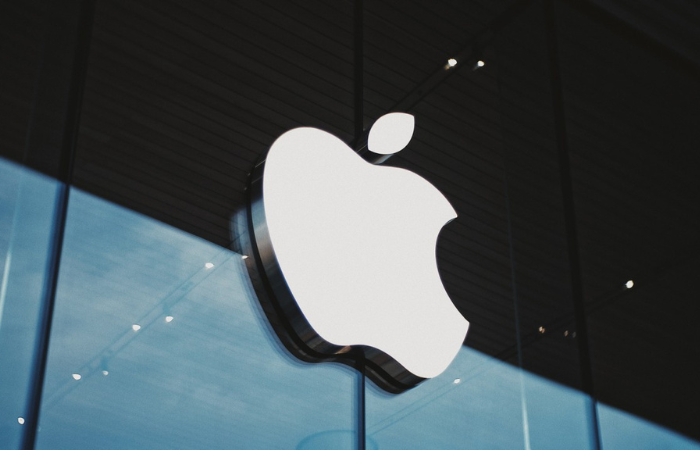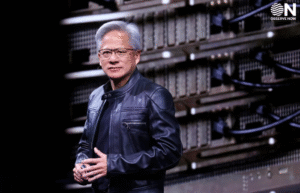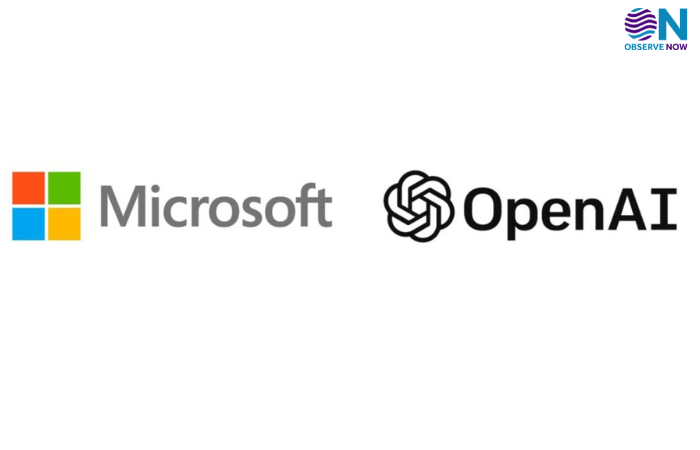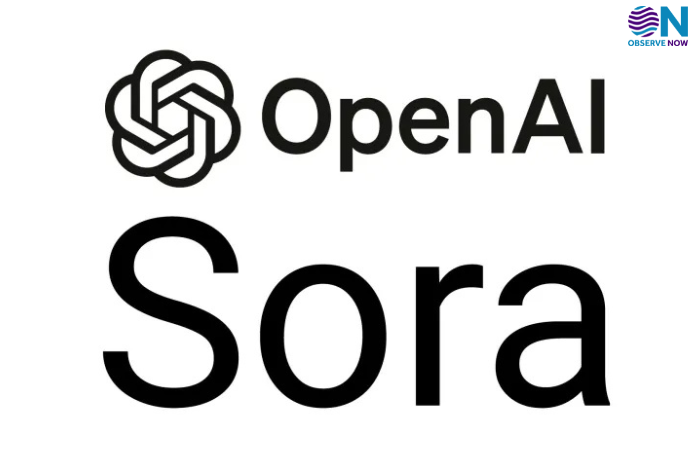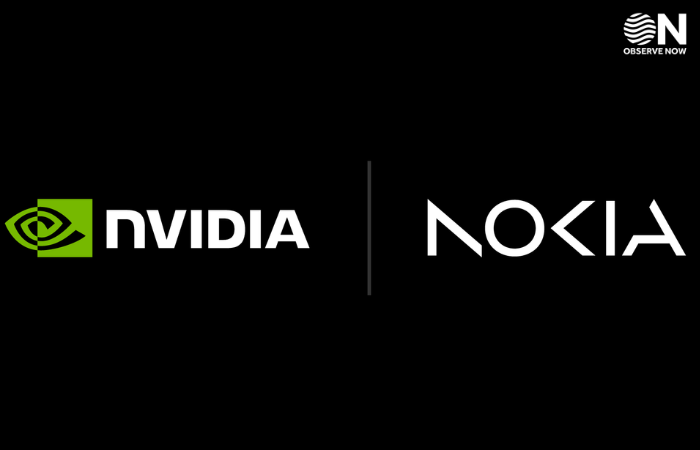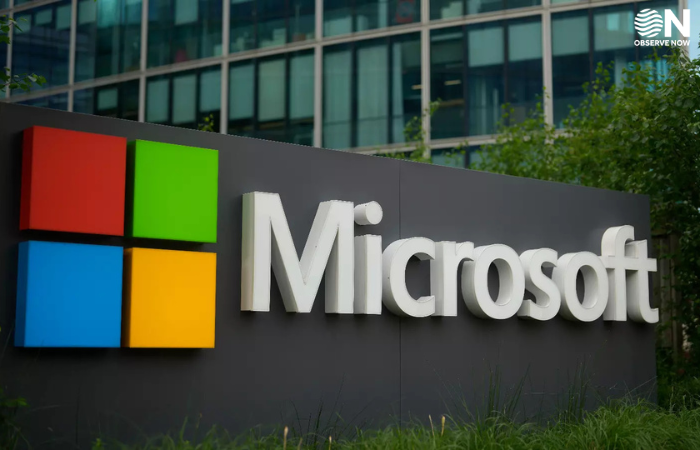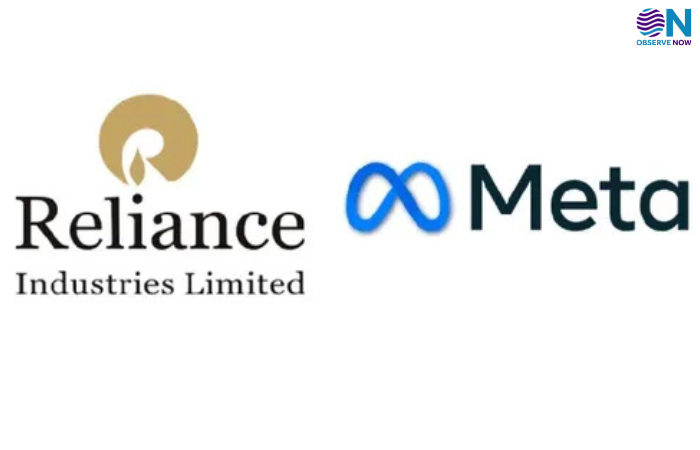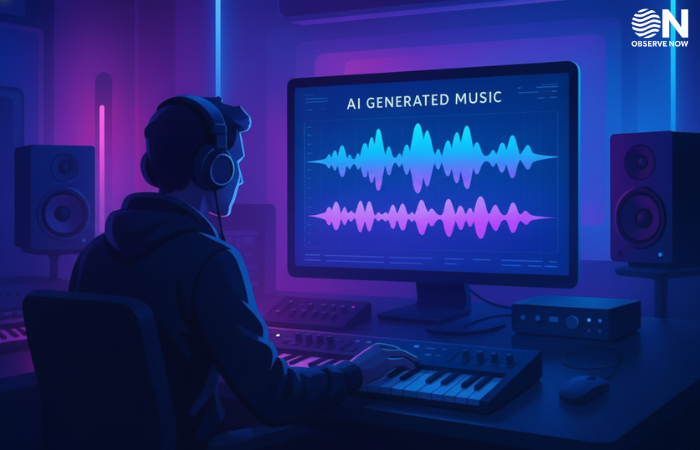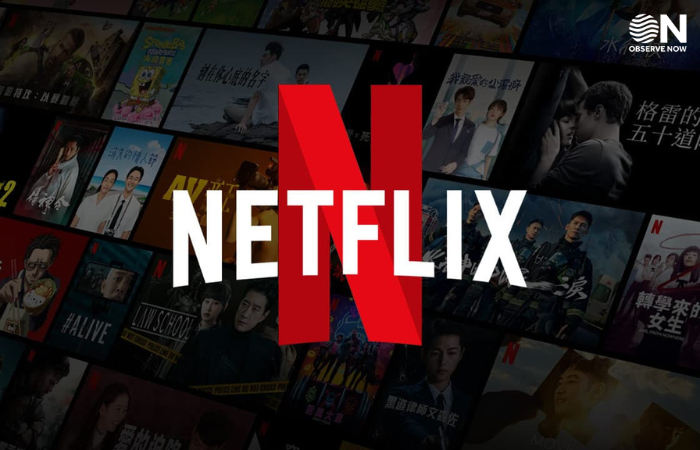In an era where smartphones and smart homes shape our daily lives, built environments are rapidly evolving into intelligent buildings that pave the way for a comprehensive digital transformation. Today, buildings are more than just brick and mortar; they can be smart and AI-enabled modern spaces that transform how we work, interact, and live. Smart infrastructure powered by proprietary technologies and interoperable systems offers groundbreaking solutions such as enhanced security and operational efficiency. Historically, closed systems were favored for their security and simplicity. However, closed architecture has only seen a rise in rigidity of features, high costs, and almost little to no innovation. As we move toward a future-ready world, it is vital to design open, sustainable, people-centric, and scalable systems that can adapt and thrive in an ever-changing technological landscape.
Flexibility: The Core Advantage of Open Systems: The greatest and most obvious strength that open systems offer is their unmatched flexibility. Organizations are no longer confined by vendors’ limited capabilities. Open system architectures enable the integration of diverse devices and platforms across departments into a unified ecosystem. This transformation brings greater control over security, monitoring, critical care, and more. Ultimately, open systems provide independence and choices, enabling long-term adaptability and future compatibility. The ability to plug and play new components without overhauling infrastructure is a major advantage.
Interoperability Ensures Continuity and Scalability: Interoperability is the bedrock of any infrastructure that can be deemed future-ready. Efficient communication among diverse technologies is essential, yet closed systems often lack this ability to scale. This could trigger expensive replacements, resulting in huge overhead costs and untimely growth disruptions. In contrast, open systems allow outdated devices to be replaced with newer models seamlessly, enhancing workflow without disrupting operations.
In a country like India, continuity is paramount. Smart infrastructure can completely reinvent how airports, data centres, metro stations, hospitals, or residential complexes operate, where rebuilding systems is simply not feasible every time there are technological advances. With open systems, one could ensure every building’s relevance, scale, and ability to evolve with growing organisational needs without much human interference and minimal disruption.
Unlocking Data-Driven Efficiency: In an open system scenario, smart buildings become data-rich repositories and centrally controlled monitoring systems, enabling us to track all moving parts within an enterprise freely, that too, across platforms. The limited structure in siloed systems gives way to better automation and analytics, making operations a lot smoother.
For example, an open building management platform helps us automate lighting, HVAC, energy usage, etc. However, when coupled with AIML-driven insights, it can better function on its own. This directly impacts operational expenditure while saving time and dependency on human resources for the same. Metro stations, airports, hospitals, etc, can further optimise an open system platform using live feedback rather than only relying on static schedules. This makes real estate planning more dynamic and responsive to changing trends.
An immediate real-world impact could come from integrating an open system would speed up access, reduce administrative efforts, and even foster transparency on both ends. A digital payment platform, for instance, could make paying taxes much easier, or help renew licences smoothly, or allow for better access to welfare online in a systematic and convenient manner. The use cases are limitless, and the benefits are worth the investment in time and effort.
All smart building infrastructure enables the integration of open systems, allowing advanced capabilities such as predictive maintenance, automatic fault detection, performance benchmarking, and sustainability reporting. Since data is recorded from multiple sources simultaneously, cross-departmental insights can offer incremental insights, thus leading to solutions that are more big-picture in nature. Issues can be anticipated and resolved with minimal human involvement, empowering management to make swift, informed decisions based on cross-departmental data.
Future-Proofing Open Systems: Open systems work well because they are underpinned by global protocols and standards such as BACnet, KNX, OPC Unified Architecture, and Modbus. These standards allow management platforms from diverse manufacturers to communicate efficiently since they are integrated under the same protocols. This eliminates vendor lock-ins and reduces dependence on custom software or specialized support. As a result, an open system architecture offers a better balance between setup and maintenance costs compared to traditional closed systems.
India’s surge in the smart infrastructure space comes down to the choice between open and closed systems. Long-term sustainability, cost-efficiency, innovation compatibility, and future-readiness are critical factors guiding this choice. The evolution into open systems can truly empower buildings in India to stay relevant even in the decades to come. As we embark on a journey to build smart, resilient, and sustainable infrastructure across the country, ensuring systems are fully adaptable for the future is imperative.


